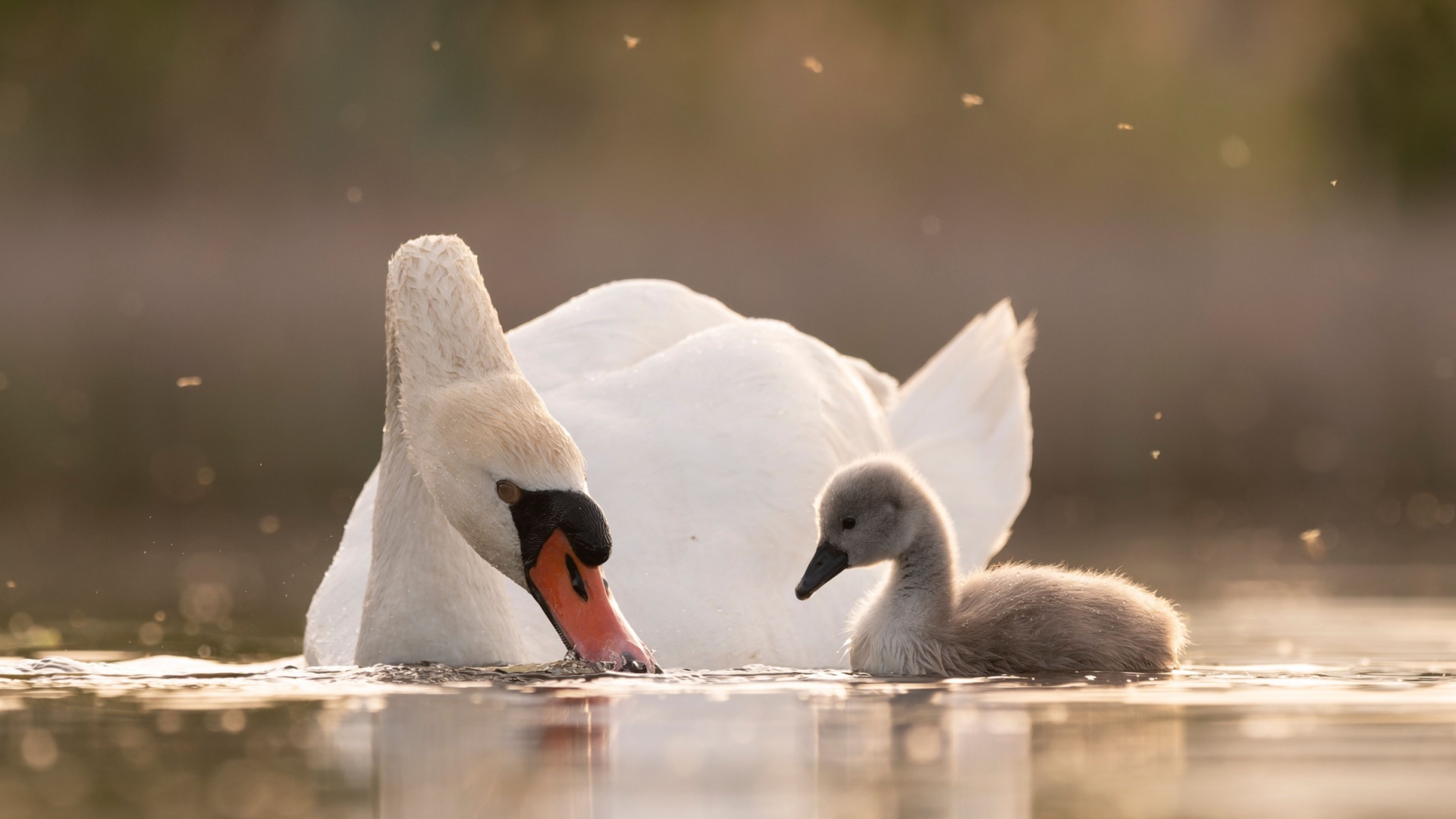Swans are among the most graceful and elegant creatures in the animal kingdom, often symbolizing love, beauty, and purity.
These majestic birds are not only stunning to look at but also possess fascinating traits and behaviors that make them truly unique. From their impressive lifelong bonds to their powerful wings, swans are full of surprises.
Dive into these incredible swan facts and discover what makes these waterfowl so extraordinary!
1. The Elegance Of Swans
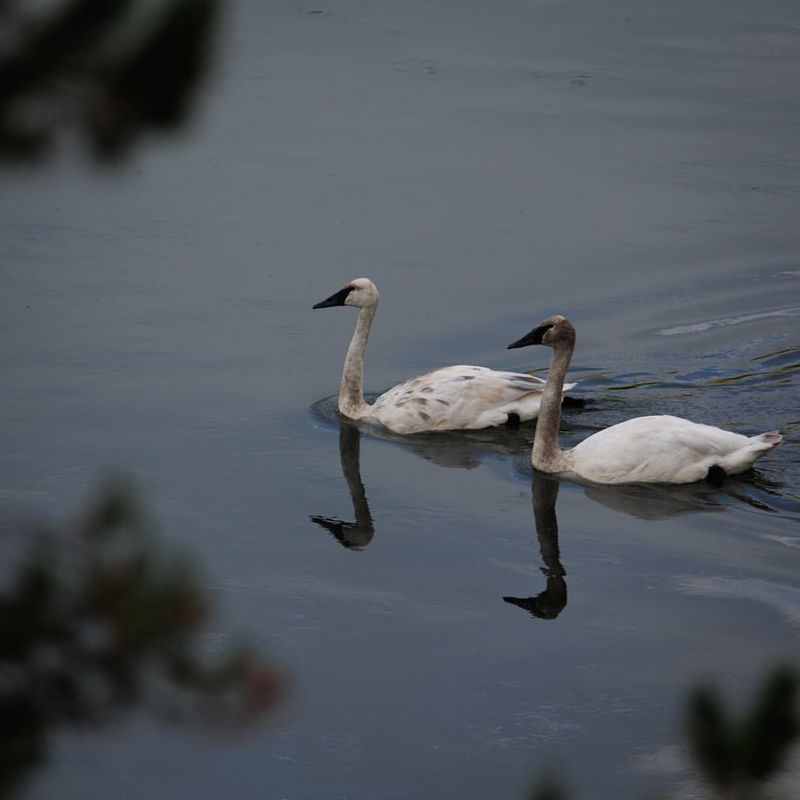
Swans are universally admired for their elegance and grace. They glide across the water with a serene presence that captivates observers. These birds have long, slender necks and a regal posture that adds to their mystique. Their plumage is usually white, although some species have black or mixed feathers, adding to their beauty.
Swans have been symbols of purity and grace in many cultures, often depicted in art and literature. Their movements seem almost choreographed, creating a natural ballet on water. This elegance has made swans a favorite subject for artists, writers, and nature lovers alike.
Whether seen in a serene pond or a bustling city park, swans bring a touch of the ethereal to any setting.
2. Swans And Mating Rituals
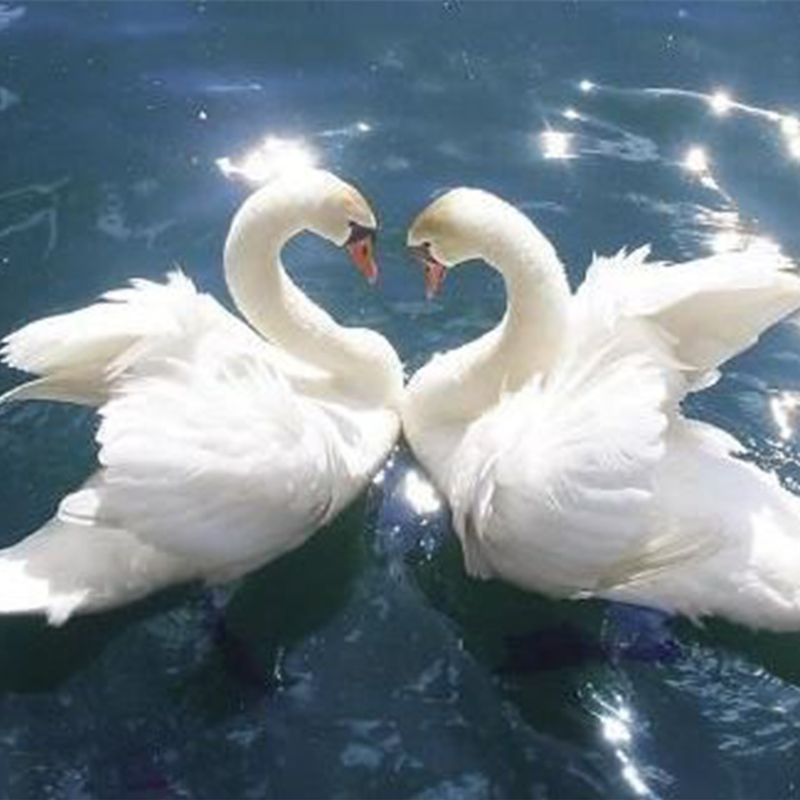
These rituals often involve synchronized swimming and graceful movements, which are a delight to watch. During courtship, swans will engage in a display called “billing,” where they touch beaks and intertwine their necks.
This display is not only a sign of affection but also helps strengthen their bond. Most swan species are monogamous and mate for life, making them symbols of love and fidelity. Their lifelong partnerships contribute to their enchanting image and are a testament to their strong social bonds.
Observing a swan’s courtship dance is akin to witnessing a romantic ballet.
3. The Power Of Swan Wings
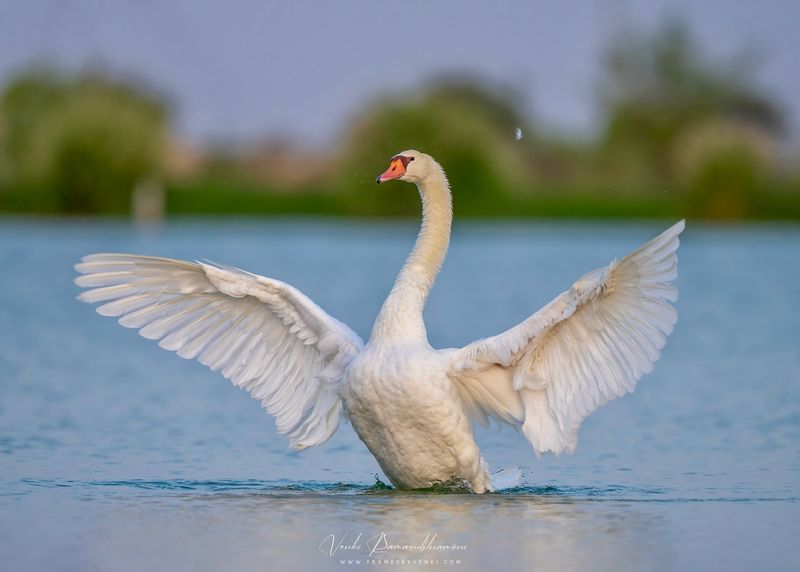
Swan wings are incredibly powerful and can span up to 10 feet in some species. These large wings not only enable them to fly long distances but also serve as a formidable defense mechanism.
When threatened, swans will use their wings to strike at predators or intruders, and they can deliver a surprisingly strong blow. This defensive behavior is crucial for protecting their young and territory.
Despite their elegance, swans are incredibly strong, and their wings symbolize both grace and power. Observers often marvel at the sheer size and strength of these magnificent birds’ wings, which are a testament to their adaptability and resilience in the wild.
4. Swan Migration Patterns
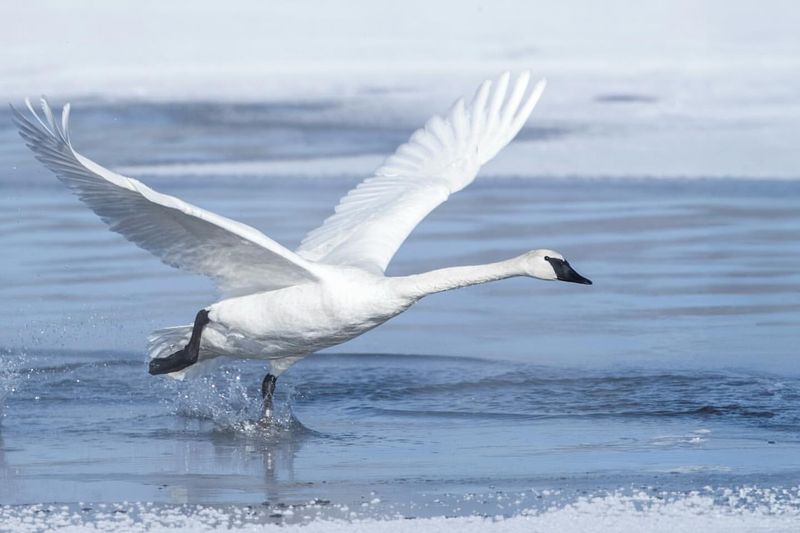
These migratory birds, often traveling long distances between their breeding and wintering grounds. Their migration patterns depend on the species and geographical location. Some swans migrate thousands of miles, showcasing their incredible endurance and navigational skills.
They typically fly in a V formation, which helps conserve energy during long flights. Migration allows swans to take advantage of different climates and food availability throughout the year.
These journeys are a testament to their resilience and adaptability, as they face various challenges along the way.
5. The Mythology Of Swans
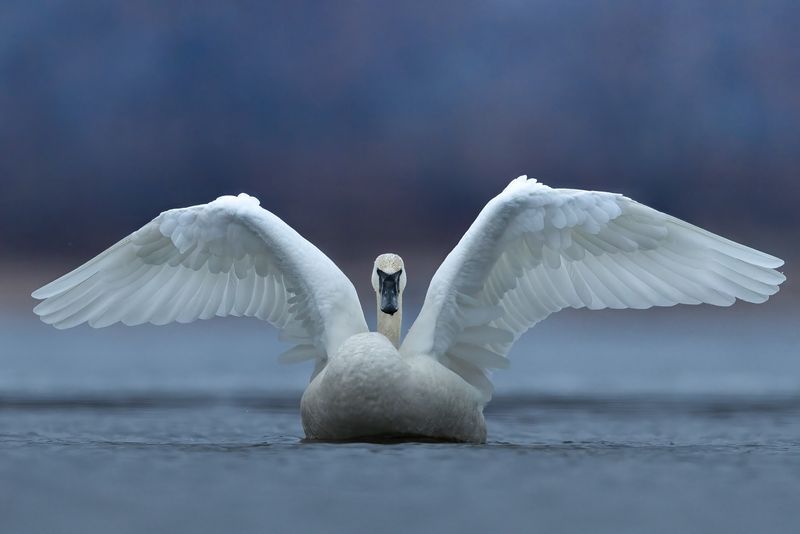
Swans have been a part of mythology and folklore in many cultures around the world. In Greek mythology, swans were associated with Apollo, the god of music and prophecy.
They were also believed to be the forms of transformed humans or gods, symbolizing transformation and purity. The tale of Leda and the Swan is one of the most famous myths involving swans, illustrating their powerful presence in cultural narratives.
In Celtic mythology, swans were seen as otherworldly creatures that could cross between realms.
Their presence in mythology highlights their ethereal beauty and the timeless allure they hold for humanity.
6. The Diverse Species Of Swans
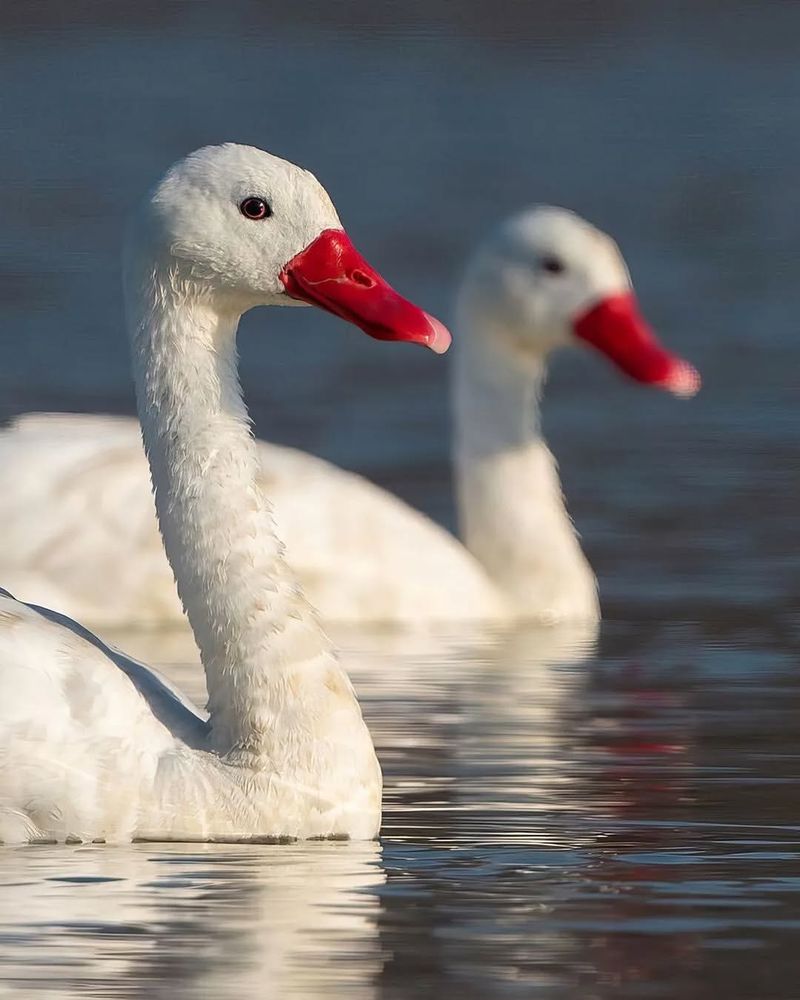
There are several species of swans, each with unique characteristics and adaptations. The most well-known are the mute swan, trumpeter swan, and whooper swan, each found in different parts of the world.
Mute swans are famous for their elegant appearance and are often seen in parks and gardens. Trumpeter swans are known for their loud, trumpeting call, and whooper swans have a distinct honking sound.
Each species has adapted to its environment, whether it’s the cold climates of the Arctic or the temperate regions of Europe.
This diversity showcases the adaptability and varied beauty of swans, making them a fascinating subject for ornithologists and bird enthusiasts alike.
7. Swan Parenting And Cygnets
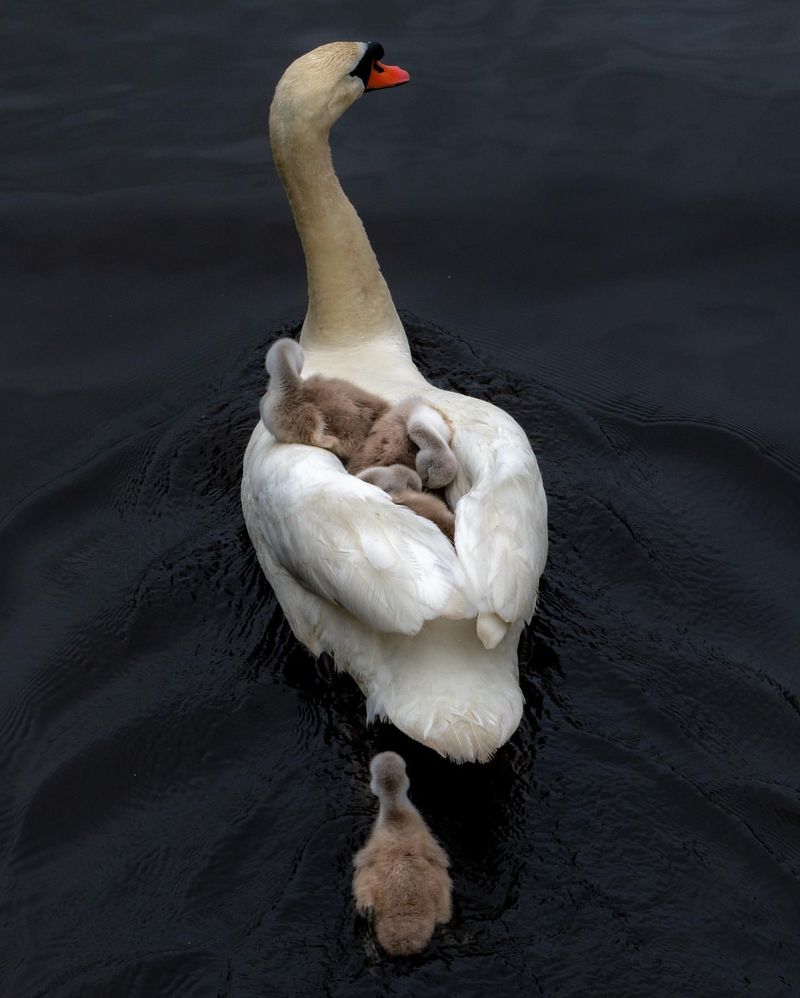
Swan parenting is a remarkable aspect of their behavior. Swans are attentive and protective parents, often seen caring for their young, called cygnets.
Both parents share the responsibility of incubating the eggs and guarding the nest. Once the cygnets hatch, they are led to water by their parents and taught essential survival skills. Cygnets follow their parents closely, learning how to swim and find food.
This nurturing behavior is crucial for the survival of the young swans and demonstrates the strong social bonds within swan families.
The sight of a swan family gliding gracefully across the water is a heartwarming scene that captivates onlookers.
8. Swans’ Role In Ecosystems
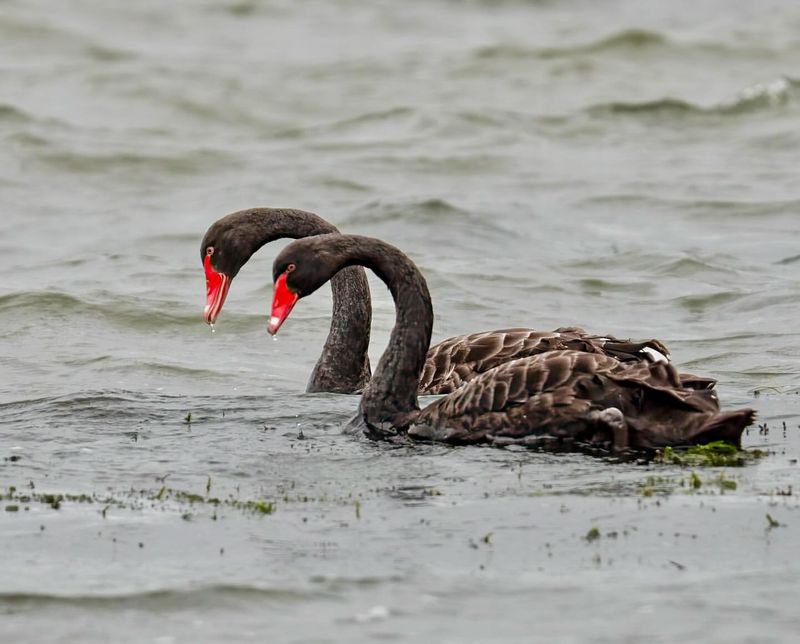
Contributing to the health and balance of their habitats, swans play a significant role in their ecosystems. They are primarily herbivorous, feeding on aquatic vegetation, which helps maintain the balance of plant life in their environment.
By consuming excessive vegetation, swans prevent the overgrowth of certain plant species, promoting biodiversity. Their feeding habits support the health of the ecosystem and provide habitats for other species.
Furthermore, swans serve as indicators of environmental health, as their presence often signifies a thriving and balanced ecosystem. Their ecological contributions highlight the importance of preserving wetland habitats for future generations.
9. The Vocalizations Of Swans
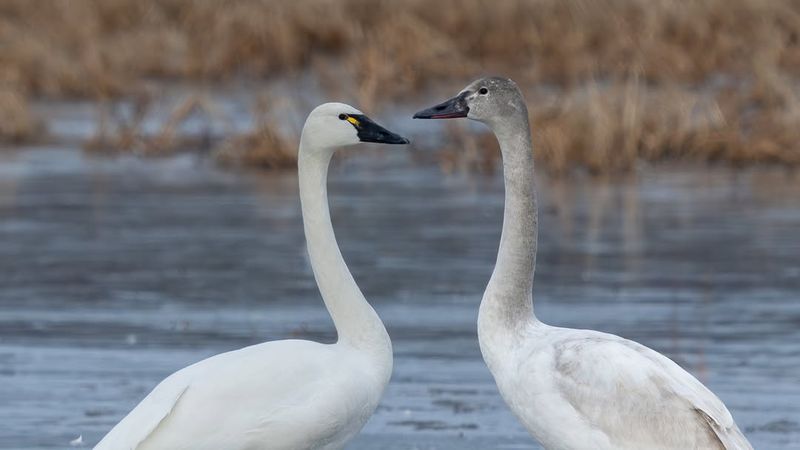
Swans are known for their vocalizations, which vary significantly between species. Some, like the trumpeter swan, have loud, resonant calls that can be heard from a distance. These vocalizations play a crucial role in communication, helping swans coordinate movements and establish territories.
The whooper swan, for example, is named for its distinctive honking call. Swans also use softer sounds for more intimate communication, such as between mates or parents and cygnets.
These vocalizations add to the rich tapestry of sounds in their environment and are a vital aspect of their social interactions and survival strategies.
10. Swan Conservation Efforts
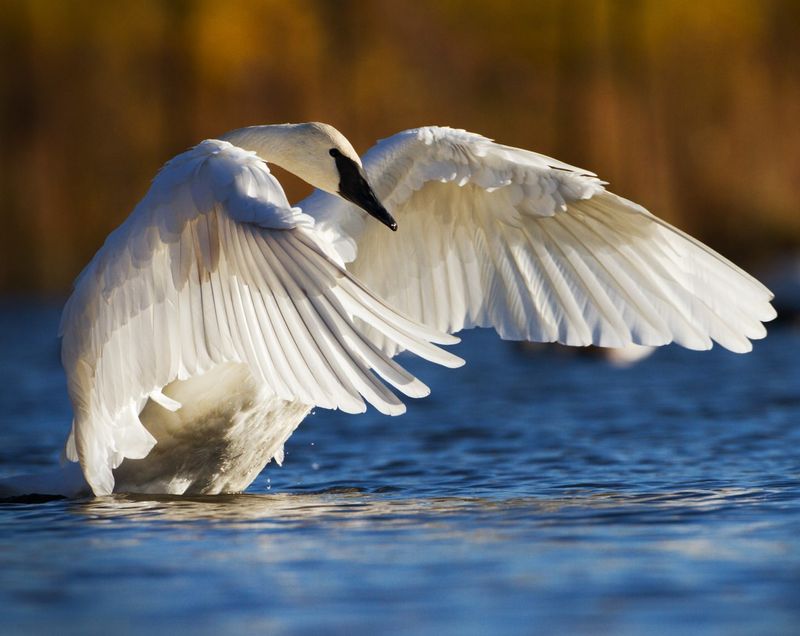
Conservation efforts for swans are crucial in ensuring their survival and the health of their habitats. Swans face threats from habitat loss, pollution, and climate change, making conservation initiatives vital.
Many organizations work to protect swan populations and their environments by promoting habitat restoration and implementing protective legislation. These efforts are often supported by citizen scientists and volunteers who help monitor swan populations and report any threats.
Public awareness campaigns also play a significant role in swan conservation, educating communities about the importance of preserving these majestic birds.
Through collaboration and dedication, conservationists strive to safeguard swans for future generations to enjoy.
11. Physical Characteristics Of Swans
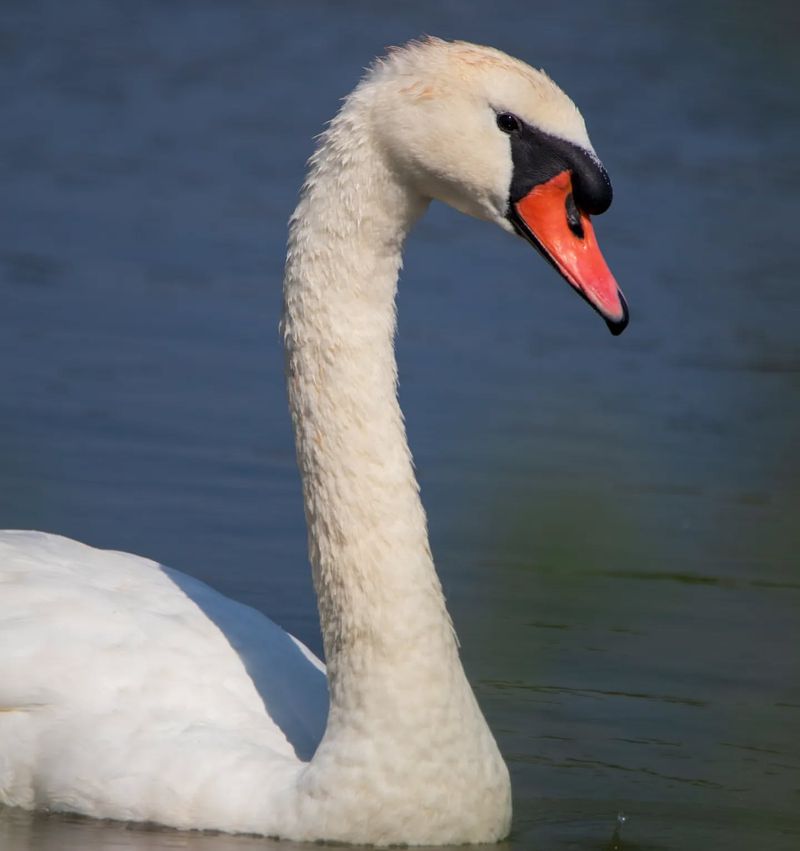
Swans are notable for their distinct physical characteristics, which contribute to their majestic appearance. Their long, curved necks are not only elegant but also functional, allowing them to reach underwater vegetation.
Swans have webbed feet that make them excellent swimmers, propelling them gracefully through the water. Their large bodies are covered in layers of feathers that provide insulation and buoyancy. The beak of a swan is specially adapted for foraging, with a serrated edge that helps them grip slippery plants.
These features, combined with their impressive size, make swans a remarkable example of adaptation and evolution in avian species.
12. Feeding Habits Of Swans
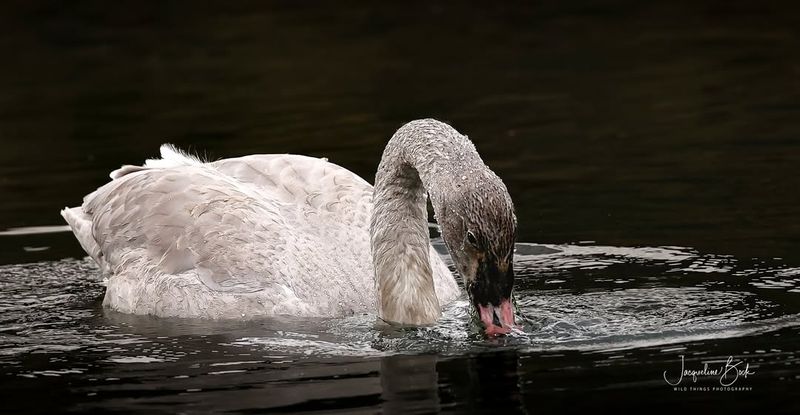
These primarily herbivorous birds feed on a variety of aquatic vegetation. Their diet includes plants such as pondweed, algae, and aquatic insects, which they access using their long necks to reach underwater. Swans often graze on land as well, consuming grass and other vegetation.
Their feeding habits play an essential role in maintaining the balance of their ecosystems by controlling plant growth. This foraging behavior is not only crucial for their survival but also benefits other species in their habitat.
By keeping vegetation in check, swans contribute to biodiversity and the overall health of wetland ecosystems.
13. The Longevity Of Swans
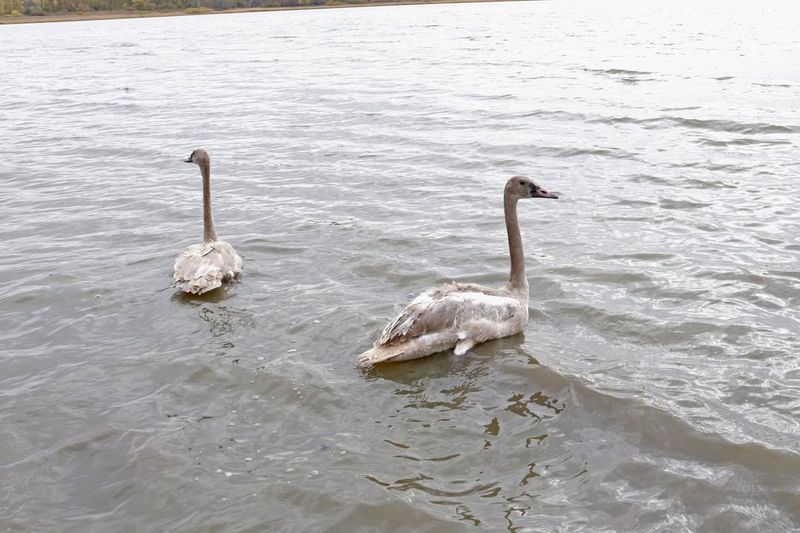
Swans are known for their impressive longevity, with some individuals living up to 30 years in the wild. Their lifespan varies depending on the species and environmental factors, but most swans can live for several decades.
This longevity is attributed to their strong social bonds, effective predator defense mechanisms, and adaptability to different environments. Swans’ long lives allow them to raise multiple broods, contributing to stable population numbers.
Their extended lifespan and monogamous nature have made swans enduring symbols of fidelity and lasting love. Observing an elderly swan gracefully navigating its environment is a reminder of the resilience and beauty of these remarkable birds.
14. Swans’ Territorial Behavior
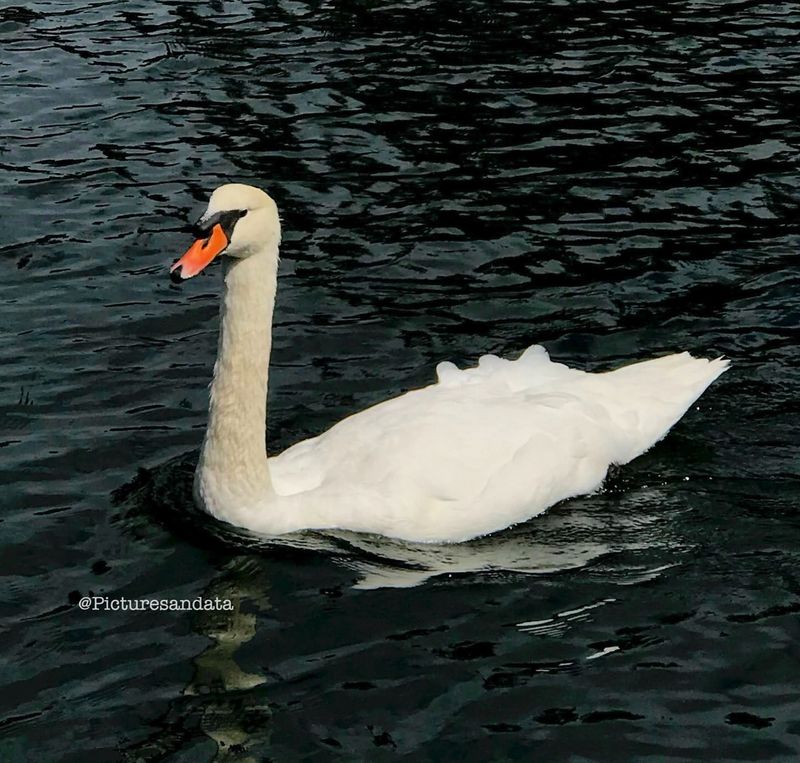
Swans are known for their territorial behavior, especially during the breeding season. They will fiercely defend their nesting areas from intruders, using their powerful wings and loud vocalizations to ward off threats.
This territoriality ensures the safety of their nests and the survival of their young. Swans establish territories in areas with abundant food resources and suitable nesting sites, which they will defend vigorously.
Their aggressive behavior during this time is a testament to their dedication as parents and their commitment to raising healthy offspring.
15. Swan Swimming Techniques
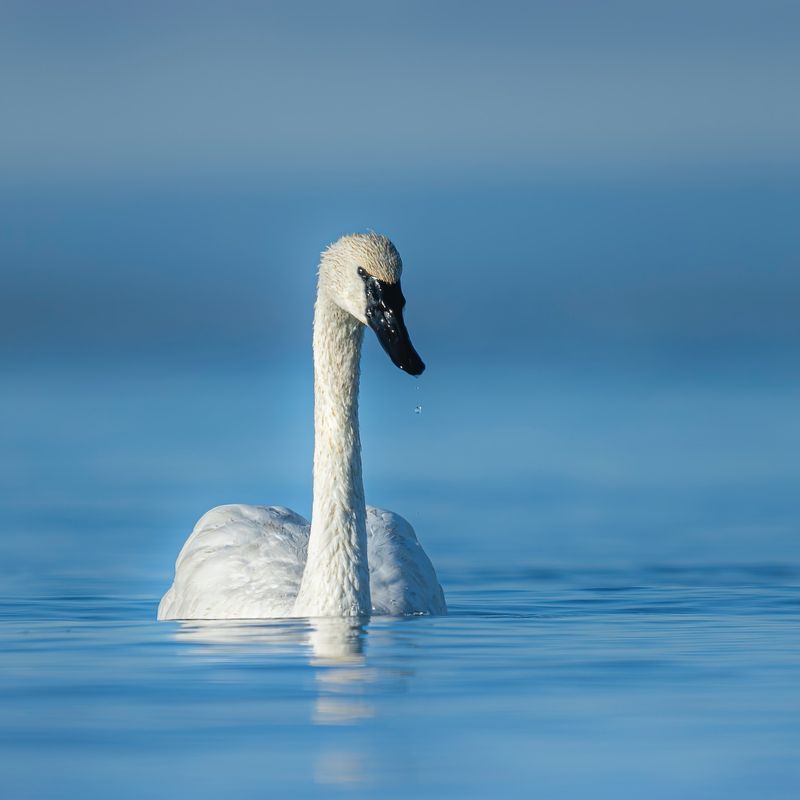
Known for their graceful movements on water, swans are expert swimmers. They use their powerful webbed feet to propel themselves, allowing for smooth and efficient swimming.
Their long necks are kept low to the water as they forage, demonstrating their adaptability in aquatic environments. Swans can also perform a unique behavior known as “up-ending,” where they tip forward to reach deeper underwater plants.
This technique showcases their versatility and specialized feeding strategies. Watching swans swim is a serene and mesmerizing experience, highlighting their mastery of aquatic navigation and their role as skilled foragers in their ecosystems.
16. The Symbolism Of Swans
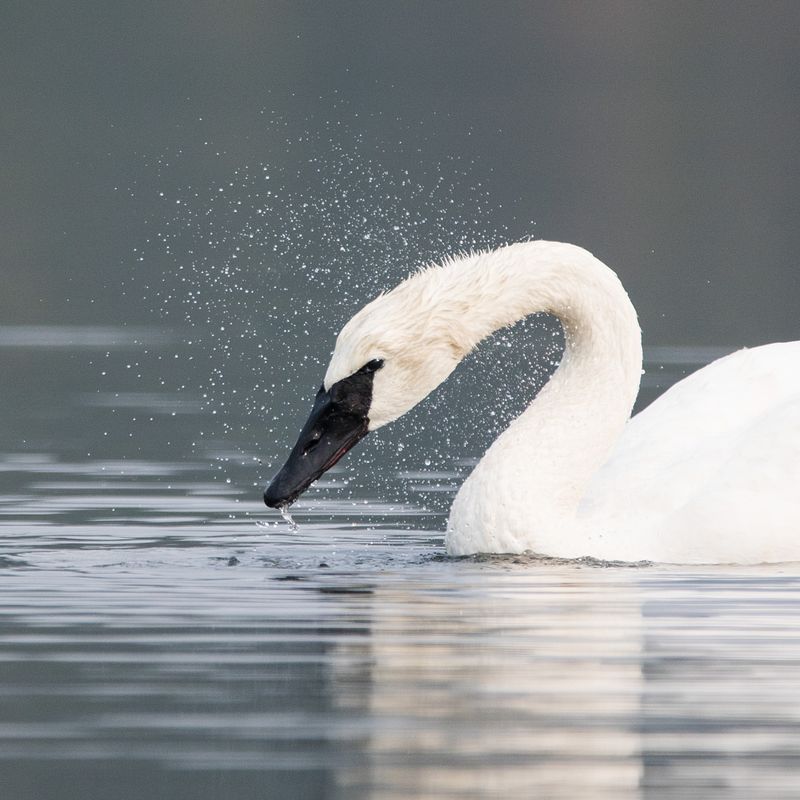
Swans hold deep symbolic meanings in various cultures, often representing purity, love, and transformation. Their pristine white feathers are associated with innocence and beauty, making them symbols of grace.
In literature and art, swans are frequently portrayed as creatures that embody the ideal of true love and fidelity, as they mate for life. Their transformation from awkward cygnets to elegant adults is seen as a metaphor for personal growth and change.
This rich symbolism has made swans enduring icons in cultural narratives, illustrating their ability to inspire and captivate the human imagination. Their presence in folklore and art continues to resonate with audiences worldwide.
17. Swans’ Adaptation To Urban Environments
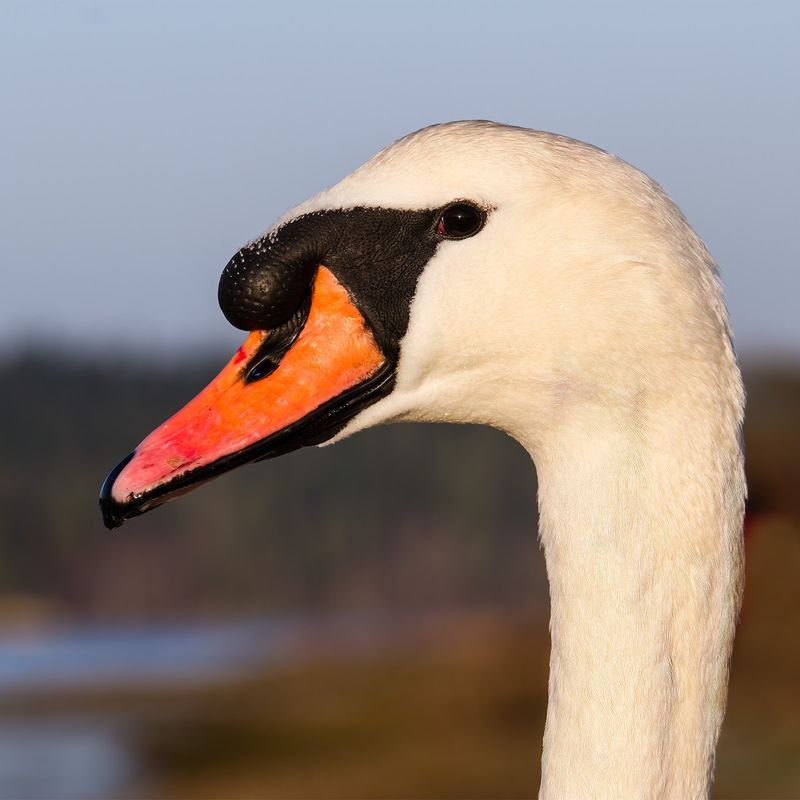
Swans have shown remarkable adaptability to urban environments, often being found in city parks and gardens. Their ability to thrive in human-modified habitats is a testament to their resilience and versatility.
Urban ponds and lakes provide swans with ample food resources and nesting sites, allowing them to coexist with human populations. Swans often become local attractions, bringing a touch of nature to bustling urban settings.
Their presence in cities not only enhances biodiversity but also provides urban dwellers with opportunities to connect with wildlife.
This adaptability highlights the importance of creating and maintaining green spaces in urban areas for both wildlife and human enjoyment.

